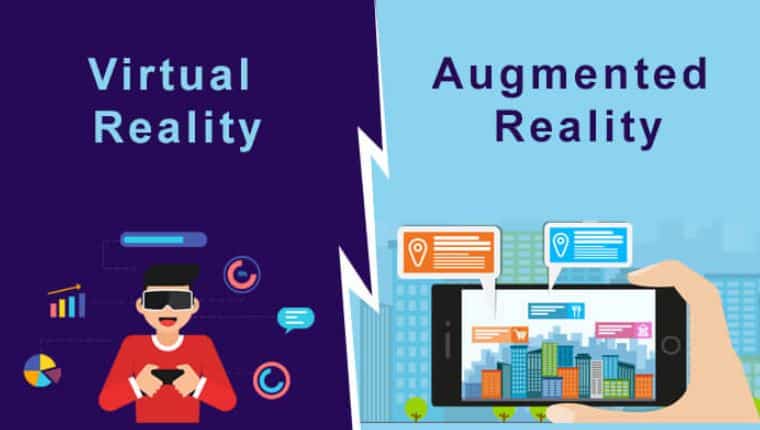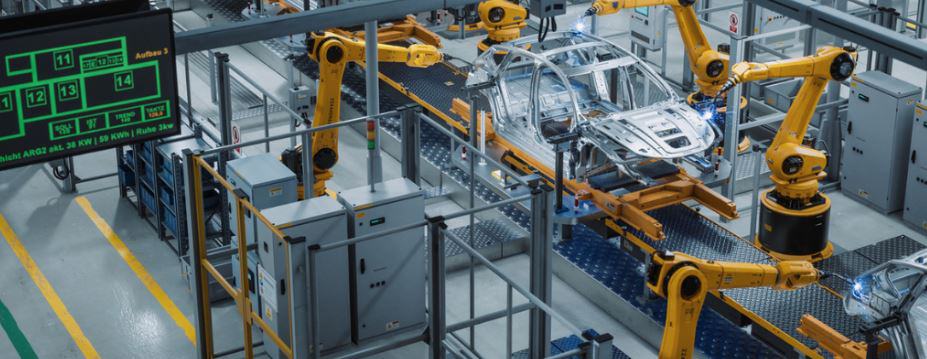In an era defined by rapid technological advancement, the arrival of 5G networks has sparked waves of excitement and anticipation across industries. Offering unparalleled speed, reliability, and connectivity, 5G networks are poised to revolutionize the very foundation of how we interact with technology. From seamless communication to empowering the Internet of Things (IoT), the impact of 5G is expected to be profound and far-reaching. In this blog, we embark on a comprehensive exploration of the transformative potential of 5G networks and delve into the myriad ways they are set to reshape our technological landscape.
Unprecedented Speed and Latency: Redefining Connectivity
At the heart of the 5G revolution lies its extraordinary speed and low latency capabilities. With speeds projected to be up to 100 times faster than 4G networks, users can download massive files, stream high-definition content, and engage in real-time applications without a hint of delay. This remarkable speed and minimal latency are primed to redefine the manner in which we consume and interact with digital content.
Recent advancements have spotlighted the incredible capabilities of 5G. In 2022, South Korea’s SK Telecom achieved a historic milestone by successfully completing the world’s first 5G standalone (SA) data session, underscoring the network’s ability to function independently of 4G infrastructure. Such breakthroughs lay the groundwork for immersive experiences that transcend entertainment to encompass areas like remote surgery, virtual collaboration, and augmented reality applications.

Empowering the Internet of Things (IoT): A Connected Ecosystem
The ascent of the Internet of Things (IoT) has already begun to shape our world, forging connections between devices and systems to enhance efficiency and convenience. The arrival of 5G amplifies this process by offering the necessary infrastructure for a genuinely connected ecosystem. The high capacity and low latency of 5G networks enable the management of an unprecedented multitude of connected devices simultaneously.
This synergy between 5G and IoT is epitomized by the collaboration between Ericsson and AT&T in the United States. Together, they are working tirelessly to develop and deploy IoT solutions powered by 5G, spanning smart cities, connected vehicles, and industrial automation. This collaboration allows us to envision a future wherein data from sensors embedded in infrastructure, vehicles, and consumer devices converge seamlessly to optimize urban living, transportation, and resource management.

Enhanced Augmented Reality (AR) and Virtual Reality (VR) Experiences
The potential of Augmented Reality (AR) and Virtual Reality (VR) to revolutionize our interaction with digital content has long been recognized. However, widespread adoption has been constrained by limitations in network speed and latency. Enter 5G, poised to surmount these challenges and usher in a new era of immersive experiences.
Collaborations between telecommunications companies and content creators underscore the transformative potential of 5G in the AR and VR domain. Verizon’s partnership with the NFL stands as a testament to this potential, offering fans immersive, multi-angle experiences using 5G-enabled cameras. This not only enhances fan engagement but also exemplifies how 5G can infuse sporting events and live entertainment with newfound vibrancy and interactivity.

Revolutionizing Healthcare and Remote Surgery
In the realm of healthcare, the potential of 5G networks is nothing short of revolutionary. High-speed, low-latency connections can enable remote surgeries, allowing surgeons to operate on patients located miles away using robotic instruments. This can pave the way for delivering critical medical expertise to underserved regions and significantly reducing response times in emergency situations.
Recent strides in this field include China’s successful demonstration of a remote surgery utilizing 5G technology. Surgeons in Beijing skillfully removed the liver of a laboratory animal located over 30 miles away, spotlighting the potential of 5G to extend medical prowess beyond geographical constraints.

Transforming Industries Through Automation
Industries heavily reliant on automation, such as manufacturing and logistics, are poised for a transformative overhaul with the integration of 5G networks. The low latency and high reliability of 5G will enable real-time communication between machines, facilitating intricate coordination in complex manufacturing processes.
Germany’s “Industrie 4.0” initiative serves as a beacon of how 5G is being harnessed to redefine industrial processes. Collaborating with Nokia and Deutsche Telekom, this project seeks to establish a smart factory environment where machines communicate seamlessly to optimize production. This fusion of 5G and automation can yield heightened efficiency, reduced waste, and elevated quality control.
Enabling Smart Cities and Sustainable Living
The concept of smart cities, where urban infrastructure is seamlessly connected to enhance efficiency and sustainability, draws closer to realization with the advent of 5G networks. From intelligent traffic management to energy-efficient lighting systems, 5G’s capabilities hold the potential to create cities that respond in real-time to changing circumstances.
In Barcelona, 5G implementation has catalyzed a multitude of smart city initiatives. These encompass intelligent parking systems guiding drivers to available spots, waste management systems optimizing collection routes, and street lighting that adjusts based on pedestrian traffic. These instances showcase how 5G can facilitate sustainable urban living by optimizing resource utilization and diminishing environmental impact.
Conclusion: Embracing the 5G Future
In the ever-evolving landscape of technology, the emergence of 5G networks stands poised to usher in a new era of innovation, collaboration, and connectivity. The unprecedented speed, reliability, and responsiveness offered by 5G will underpin a wave of transformative advancements across industries, ranging from healthcare and manufacturing to entertainment and urban planning.
However, this transformation does not come without challenges. It necessitates robust infrastructure deployment, stringent data security measures, and the mitigation of potential health concerns. Navigating the 5G future demands a collaborative effort among governments, industries, and technology experts to maximize its potential while minimizing risks.
As we embark on this journey into the 5G-powered era, we’re not merely adopting a new network technology; we’re embarking on a transformative odyssey that will redefine the limits of possibility in the digital age. The way we live, work, and connect with one another is on the cusp of a profound transformation—one that promises a more interconnected, efficient, and innovative world. The era of 5G is upon us, and its potential is nothing short of awe-inspiring.

An insightful perspective on leveraging AI for marketing success.
Please share something related to this topic.
Thanks in advance
Such A INFORMATIVE KNOWLEDGE.